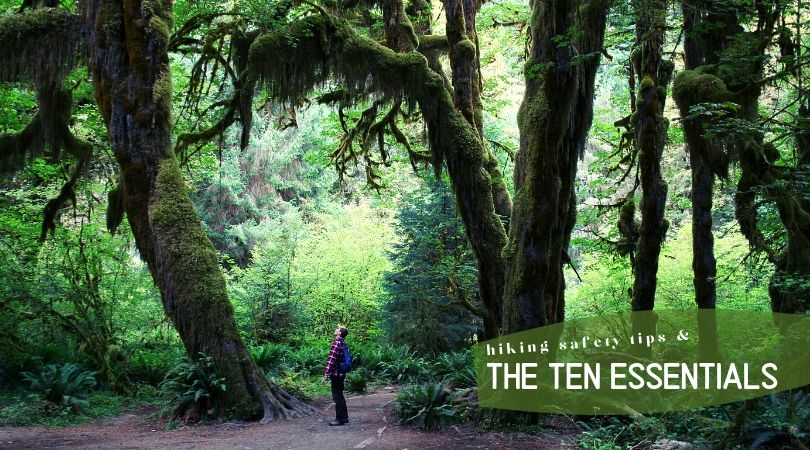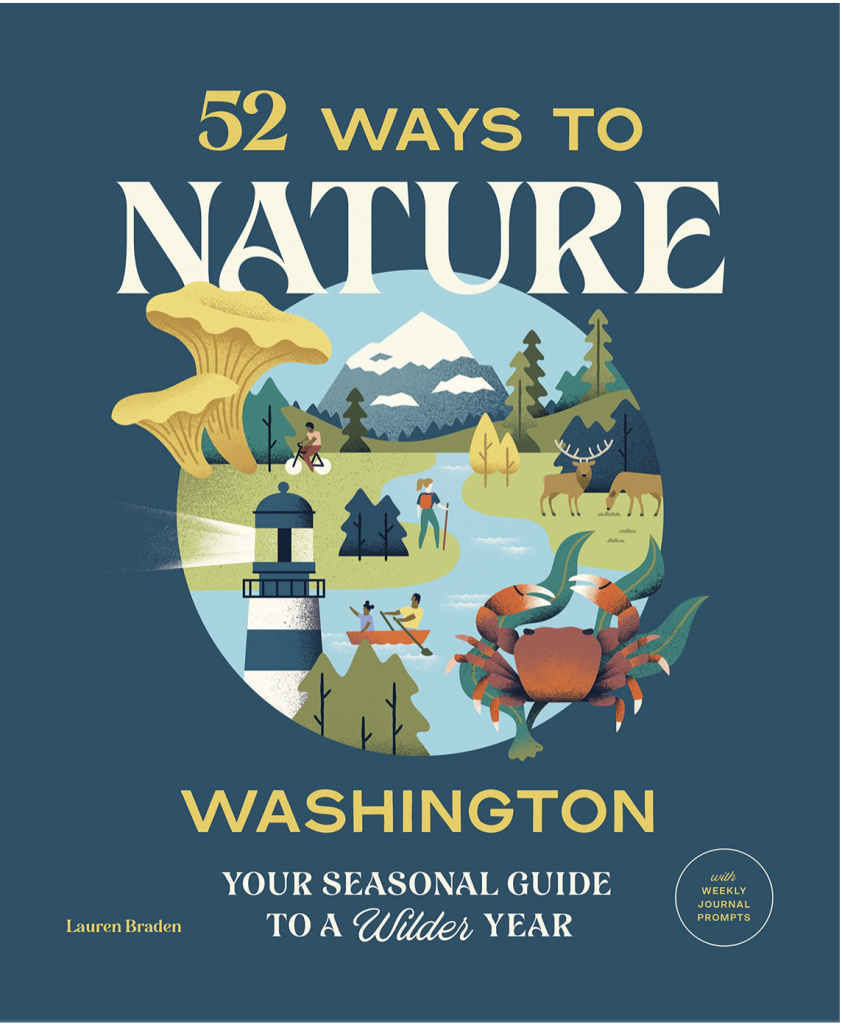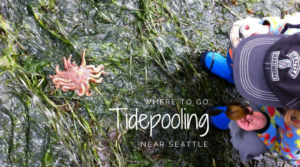The Pacific Northwest offers some of the most spectacular scenery and terrain for hiking adventures in the world. Enjoy your hike, but take these precautions to help ensure your safety out there.
The first precaution is what to take with you.
“The Ten Essentials” are a list of ten items you should always have in your backpack on a backcountry hike, no matter how short or familiar the hike is to you. The list was first described by guides with The Mountaineers in the 1930s based on their experiences of the items needed to stay safe in the wilderness. Whether you sprain an ankle or take a wrong turn, you may end up spending an unexpected night in the woods and you’ll be so glad to have extra clothes, food and a flashlight. Sure, chances are you won’t need to use all of these items, but in case of an emergency you’ll be very glad to have them, and they may even help save your life.
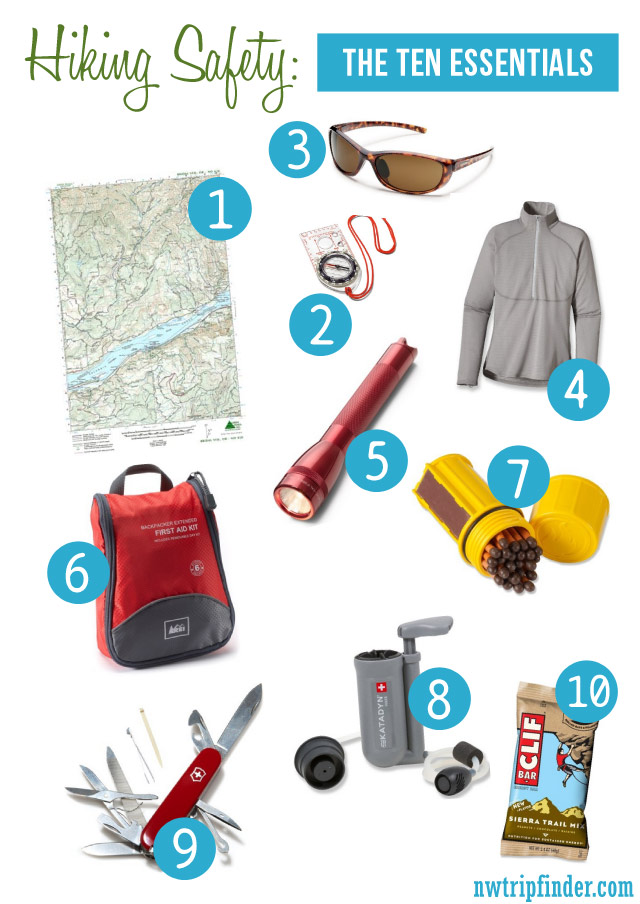
1. Map
Purchase a detailed topographic map of the region you’ll be hiking in. Study your route before your hike, then carry the relevant map(s) in your backpack, preferably in a large, waterproof ziplock (just fold it up to make it fit, or roll it into a tube). My favorite maps for Pacific Northwest trails are Green Trails Maps. You can buy them individually or in packs – here are the Washington maps (click to select a map) and here are Oregon maps. Your local REI store should also have many more of these in stock, though they don’t sell them online.
2. Compass
What good is that map going to do you if you can’t determine where on it you are? That’s where a handy compass comes in, and you’ll need to know how to use it before you head for the trailhead. This top-rated Suunto M-3D Leader Compass has an adjustable declination scale that accounts for the difference between magnetic and true north – an important feature to have. In Washington state, magnetic North is 20-22° east of true North. This compass has a lanyard key that adjusts the scale to match your location. Need to learn how to use some basic navigational skills? Take a class at your local REI store, or watch this video for a quick tutorial.
3. Sunglasses (and sunscreen)
You know how car accidents sometimes occur because a driver had the sun in their eyes? Tragedy can also strike if you can’t see where you’re hiking, whether it’s tripping over tree roots or stepping too close to a cliff edge. Get sunglasses with polarized lenses to reduce glare, and good coverage. I like like these from Native Eyewear at REI. If you’d prefer to wear a hat, get one that covers the back of your neck as well–a Northwest favorite is the Outdoor Research Helious Hat, you’ll see them worn all over trails in the Cascades. You’ll also need to pack sunscreen, even in winter, and get a tube that can be applied to your lips as well (I use Kiss my Face).
4. Extra clothing and rain gear
When it comes to packing extra clothing, think layers. The weather up on a mountain is not always the same as it is down at the trailhead. You could ascend up to a windy ridge, or get stuck in an unexpected downpour. Avoid cotton, and opt for wool or polypropylene fabrics instead–I love Patagonia Capilene layers. And always keep a raincoat in your pack, even in sun-drenched August. My Marmot Precip Jacket packs down nicely.
5. Headlamp/flashlight
If you linger too long over lunch at the viewpoint, you might find yourself hiking in the darkness back to your car. Always have a good light source in your pack, just in case. A simple Maglite will do, just remember to test it frequently and pack extra batteries.
6. First-aid supplies
It is absolutely essential to have first-aid supplies with you in the backcountry. You can buy a pre-packed hiker first aid kit, or assemble your own (REI has a handy first aid kit checklist). Your kit needs to include the supplies to deal with a whole host of things that could happen out there: a bee sting, twisted ankle, punctured leg or migraine headache. In other words, much more than a few little bandanges. If you are prescribed an epi-pen, make sure you bring it, along with any other medications you might require. Increase your knowledge of how to deal with more significant injuries by taking a backcountry first aid course at your local outdoor store.
7. Firestarter / Matches
You need to have the tools to start an emergency fire–either matches in a waterproof container, a butane lighter, or both. You also need some sort of firestarter, because in wet conditions you may not be able to find dry kindling on the ground. Bring a candle or purchase compressed wood balls. Some hikers swear by dryer lint.
8. Water and purification
We’re lucky in the Northwest that sources of freshwater are abundant on many trails, but you shouldn’t just do the dip-and-sip (dipping your Nalgene bottle in a stream and drinking up), at least not if you want to stay healthy. Backcountry water needs to be purified first so it doesn’t make you sick from giardia. Always carry extra water and purification tablets or a water filter with you when you hike. I have used this lightweight Katadyn filter for more than ten years and it’s never let me down.
9. Knife / Multitool
I’d be lost without my trusty Swiss Army Knife in the backcountry. It slices my cheese, clips my blister bandages, and helps me repair my gear. Get one that suits your needs, always carry it in your pack, and keep it clean and maintained in between uses.
10. Extra food
Sometimes, you may underestimate how much fuel your body needs to complete your hike. Other times, you may spend an unscheduled night out there. In any case, you’ll be very glad you packed a couple of extra trail bars and some GORP. Make sure your “extra food” stash is stuff that doesn’t require any cooking.
Other “essentials”
In addition to the ten items above, there are a few additional items you can add that give more insurance of safety should something go wrong.
- Emergency shelter. This could be a lightweight tent or bivy sack, or in a pinch, even just a garbage bag.
- Whistle. It’s lightweight and cheap, so there’s no reason not to carry one on your hike. This six-function whistle includes a compass, LED light and thermometer and more.
- Bug repellent. Very few trails are bug-free, and in the high lake country mid-summer, mosquito repellent is undoubtedly an essential! Jungle Juice is a hiker favorite.
- And other items depending on where you are hiking and in what season.
Five Hiking Safety Tips
Packing the Ten Essentials on all backcountry hikes will help ensure your safety and survival should the unexpected happen, but it’s not the only step you should take.
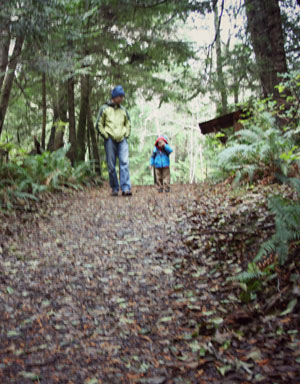 Here are five more tips for safe hiking:
Here are five more tips for safe hiking:
- Choose the right trail. Pick a hike that matches your expectations and your abilities. For example, if you haven’t hiked in months, choose a trail where you can pace yourself. If children or dogs will be along for the hike, pick a trail that’s suitable and enjoyable for them. If you’re not comfortable with stream crossings, make sure there aren’t any on your hike.
- Check current trail conditions before your hike. Many hikers skip this step and regret it later. Don’t be one of them! Contact the ranger station that manages the trail you’ll be hiking on, and consult the hiker-submitted trip reports for the trail at wta.org. These steps should tell you if the trailhead is accessible, if the trail is open, and if there is snow or other obstacles on the trail, such as downed trees or washed-away bridges. Your safe hike begins with this phone call.
- Let someone know exactly where you are going and when you’ll be back. Also tell your friend who you will be hiking with, which car you are driving and the license plate number, and whom to contact should you not return when you expected to. And don’t forget to call them when you return. Washington Trails Association has a handy, printable form ready for your next hike.
- Know the weather report. Will the day be sunny and hot? Rainy and windy? Is there a chance of snow? You should be prepared for any weather, but knowing the forecast gives you a heads-up on just how much sunscreen or rain gear to pack. Remember, the weather in the mountains at 5,000 feet can be quite different than the weather down at sea level in Seattle, or even at the trailhead. Check forecasts at the National Weather Service, and in the off-season know the avalanche danger via the Northwest Avalanche Center. Another great website to bookmark for backcountry forecasts is Washington Online Weather.
- Be mindful of the season. Every time of year carries with it its own safety precautions for hikers. Always keep the season in mind when planning your hike. Spring sunshine can melt snow quickly, making streams more challenging to cross. Autumn means shorter days, so head back early to avoid hiking in the dark. Use common sense and think ahead to anticipate safety issues before they become a problem.

